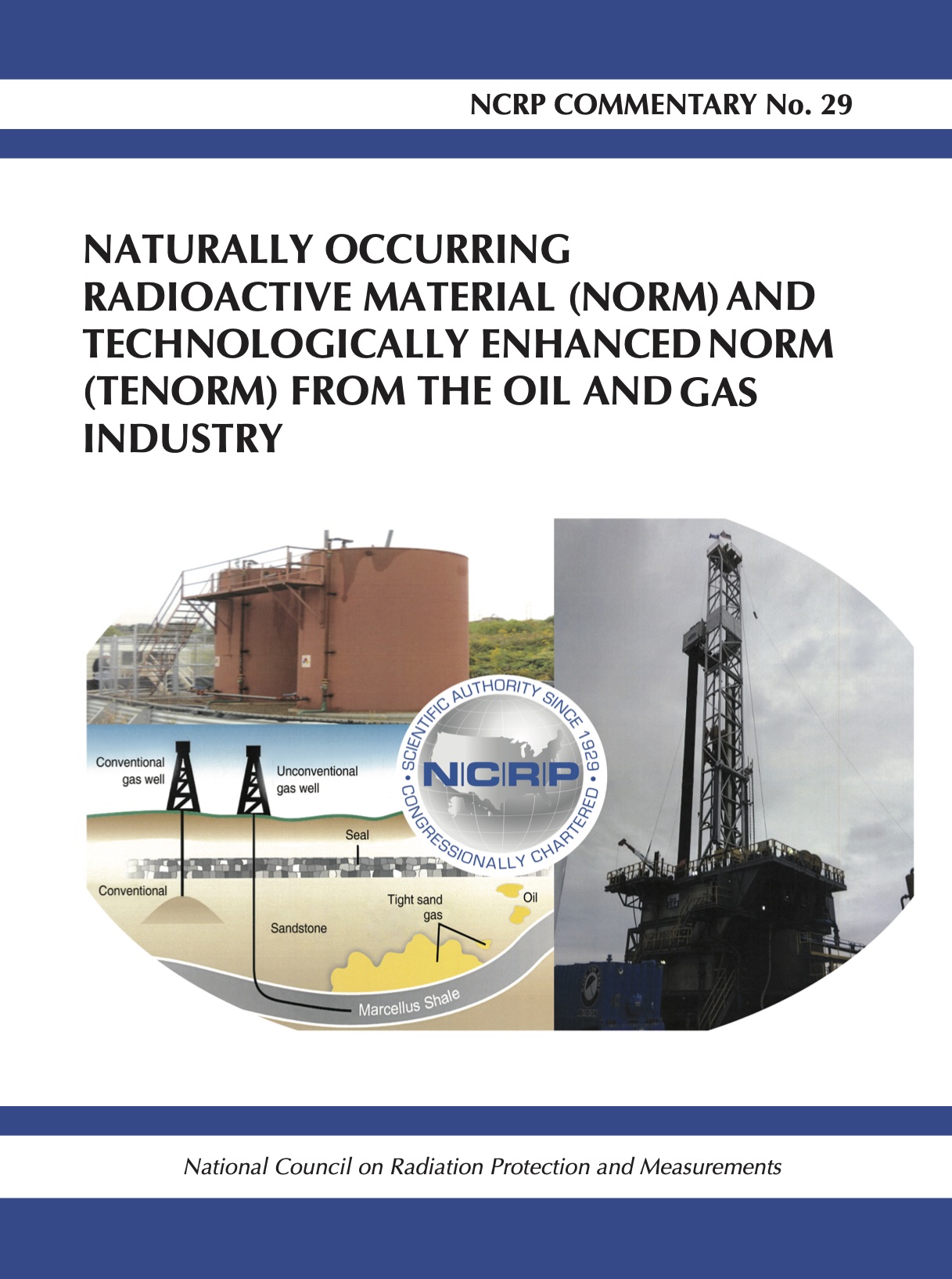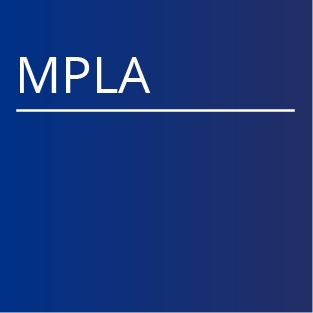AAPM has contracted with NCRP to provide each AAPM Member in good standing access and download privileges of electronically available NCRP reports, commentaries and statements. This report was prepared by the National Council on Radiation Protection and Measurements (NCRP). The Council strives to provide accurate, complete and useful information in its reports. However, neither the NCRP, the members of NCRP, other persons contributing to or assisting in the preparation of this report, nor any person acting on the behalf of any of these parties (a) makes any warranty or representation, express or implied, with respect to the accuracy, completeness or usefulness of the information contained in this report, or that the use of any information, method or process disclosed in this report may not infringe on privately owned rights; or (b) assumes any liability with respect to the use of, or for damages resulting from the use of, any information, method or process disclosed in this report.
 |
Commentary No. 029e - Naturally Occurring Radioactive Material (Norm) And Technologically Enhanced Norm (Tenorm) From The Oil And Gas Industry (2020) Price: $40 PDF (AAPM Members FREE) Category: Commentary The presence of naturally occurring radioactive materials (NORM) in the oil and gas indus- try has been known for over a century. NORM has existed since before our solar system was formed and includes uranium and thorium and their decay products. Because historic (con- ventional) drilling methods have met with dwindling oil and gas natural resources, newer technologies for oil and gas exploration and production have been developed and deployed. These newer technologies, termed unconventional oil and gas exploration and production, uti- lize hydraulic fracturing coupled with horizontal drilling. The operations associated with the newer technologies, and the wastes that are generated, differ from those associated with his- toric methods. They also create the potential for additional NORM and technologically enhanced NORM (TENORM) radiation exposures to workers and members of the public, envi- ronmental protection concerns, and waste management issues. The U.S. Environmental Protection Agency (EPA) has the authority to regulate individual NORM radionuclides under the Clean Air Act (CAA), Clean Water Act (CWA), Safe Drinking Water Act (SDWA), the Resource Conservation and Recovery Act (RCRA), the Toxic Sub- stances Control Act (TSCA), and the Comprehensive Environmental Response, Compensa- tion, and Liability Act (CERCLA). While some NORM radionuclides are regulated under the CWA, CAA, and SDWA, EPA has not provided comprehensive regulations applicable to oil and gas exploration and production. As a result, regulation of radiation from NORM/TENORM falls to the states with minimal scientific recommendations from advisory bodies. Because of the lack of consistent regulations across the states, NORM/TENORM monitor- ing of workers and the workplace is inconsistent, and in many cases, rare or nonexistent. Clear guidance is needed to ensure that companies and regulatory agencies develop and implement defensible programs for radiation detection, NORM/TENORM measurements, and general radiation safety. Data from monitoring programs will help the oil and gas indus- try to fulfill its obligations under the Occupational Safety and Health Administration (OSHA) regulations (DOL 2020) that require classifying the potential hazards of chemicals, and com- municating information concerning hazards and appropriate protective measures to employ- ees. It will also enable comparison of potential radiation doses to workers and members of the public with dose criteria commonly used to protect public health. Lack of consistent, standard definitions of NORM and TENORM across state regulations and guidance documents often creates compliance difficulties. What remains nonexistent is a nationwide, consistent radiation protection framework for contemporary oil and gas TENORM. Lacking a federal or nationwide concentration limit, the Uranium Mill Tailings Radiation Control Act (UMTRCA) site release criteria have often been adapted as bulk-waste acceptance criteria. Applying an environmental remediation standard for free release of ura- nium mill tailings in surface soil as a waste landfill disposal limit may be overly restrictive as it seems to ignore the fact that landfills have engineered features and are located at suitable sites to limit environmental impacts. The radiation protection recommendations in National Council on Radiation Protection and Measurements (NCRP) Report No. 180 (NCRP 2018) generally agree with International Commission on Radiological Protection (ICRP) Publication 103 (ICRP 2007a). These recom- mendations address exposures of workers and the general public to above background levels of NORM/TENORM. A uniform basis for waste management decisions could be provided by appropriately developed performance-based waste disposal and site-remediation modeling, the definition of potential radiation exposure scenarios, and overall modeling considerations. NCRP formed a committee to conduct a scientific evaluation of the potential radiation protection and waste management issues from contemporary oil and gas exploration and produc- tion. Similarities and differences with the generation and disposal of NORM/TENORM waste or residuals from other activities beyond contemporary oil and gas production can be dis- cussed in a future NCRP report. The intended audience for this Commentary is the oil and gas industry stakeholders (i.e., industry management, states with oil and gas exploration and pro- duction, consultants, educators, and members of the public). The purpose of this Commentary is to:
An overview is available without charge to the public. Scientific Committee :
|



















